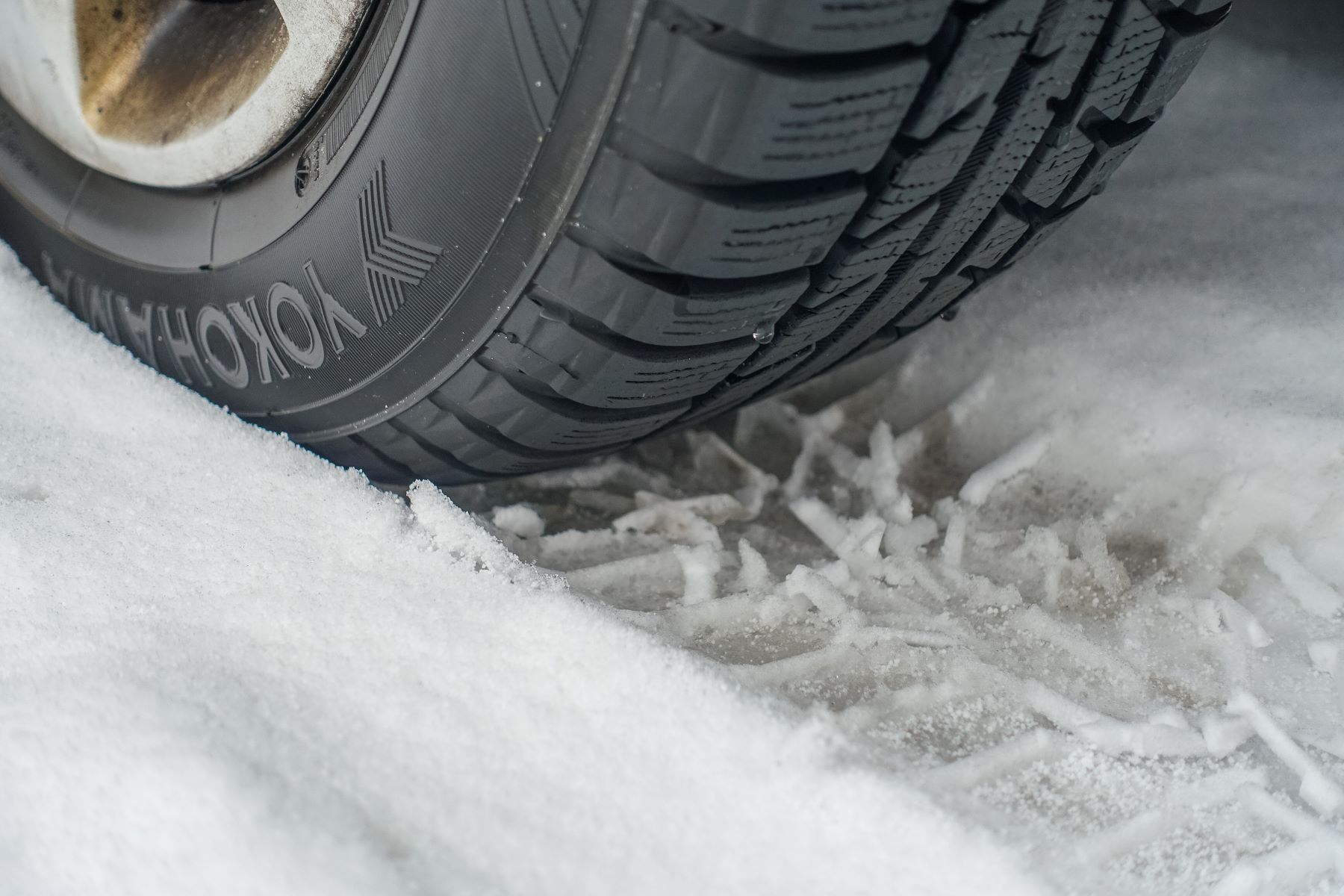
Is All-Wheel Drive (AWD) or Snow Tires More Important for Winter Driving?
When the winter season gets close, many drivers prepare their vehicles for the snowy and cold weather that it brings. Some cars have features that are more helpful for winter driving than others. Two common in areas where ice and snow pile up on roadways include an all-wheel drive system and a set of snow tires.
Do you really need both an AWD system and winter tires, though? Can you get by with just one of them? Let’s explore how AWD and snow tires work and see which is more useful for winter driving.
How does all-wheel drive (AWD) work?
You’ll find many vehicles running on a front-wheel or rear-wheel drivetrain. Power from the engine will go to the forwardmost tires for FWD or to the back wheels on RWD. An all-wheel drive system sends power to all four wheels to control the speed they’re spinning at.
This provides more traction and grip on road surfaces, wet or compacted with snow. It also allows you to drive and not worry about selecting a mode to operate the vehicle in. It will either be in all-wheel drive mode all the time or on an as-needed basis, kicking in automatically when the tires start spinning out.
However, it has some drawbacks as well. It tends to add more weight to the vehicle, so fuel economy will be affected. Also, an all-wheel drivetrain adds about $1,000 to $2,000 to the price of the car. Additionally, in some cases, having AWD makes a driver overconfident in poor road conditions, sending them spinning into the ditch or another vehicle on the road.
How well do snow tires work?

According to Firestone Complete Auto Care, there’s a big difference between regular and winter (otherwise known as snow) tires. First, the rubber material works differently for both types. On snow tires, the rubber is designed to stay pliable during colder temperatures, so you can grip the road surface when it’s slippery from winter weather.
Next, these tires come with deep treads and a zigzag pattern. This helps keep the snow from building up and gives it the ability to provide more traction on the road. Regular tires will stiffen up in the cold, giving you less flexibility to gain traction on snow-covered surfaces.
The main disadvantage to this kind of tire is that you can’t use them all year round. You will need to replace them with all-season or summer tires for the rest of the year, which will cost you more money in the long run.
Is AWD or snow tires better for winter driving?
Actually, both of them are better when you think about it. Sure, AWD helps you travel on slippery roads by providing more grip, but you’ll still need a decent set of snow tires to really reap the benefits of the all-wheel drive system. Regular tires on an AWD vehicle won’t gain you traction in winter weather conditions. However, winter tires will enhance the all-wheel drivetrain’s performance.
If you live in an area that sees little to no snow, buying an AWD vehicle or a set of winter tires won’t gain you anything but an emptier wallet than when you started. For those living where snow is commonplace throughout the winter season, having an all-wheel drive car with good snow tires will be worth the extra money you pay.
You could essentially drive on snow-covered roads with regular or all-season tires, but if it’s too deep, you might have to get a set of chains to put on them to get some traction on the road. Winter tires have deep enough treads to get by without investing in the chains on most roads.
All-wheel drive is an essential feature if you live in a snowy area, but you might also want to consider a good set of snow tires to increase your chances of getting good traction on slippery roads. However, it will come at a price, mainly paying for another set of tires to install once the winter season is over.



